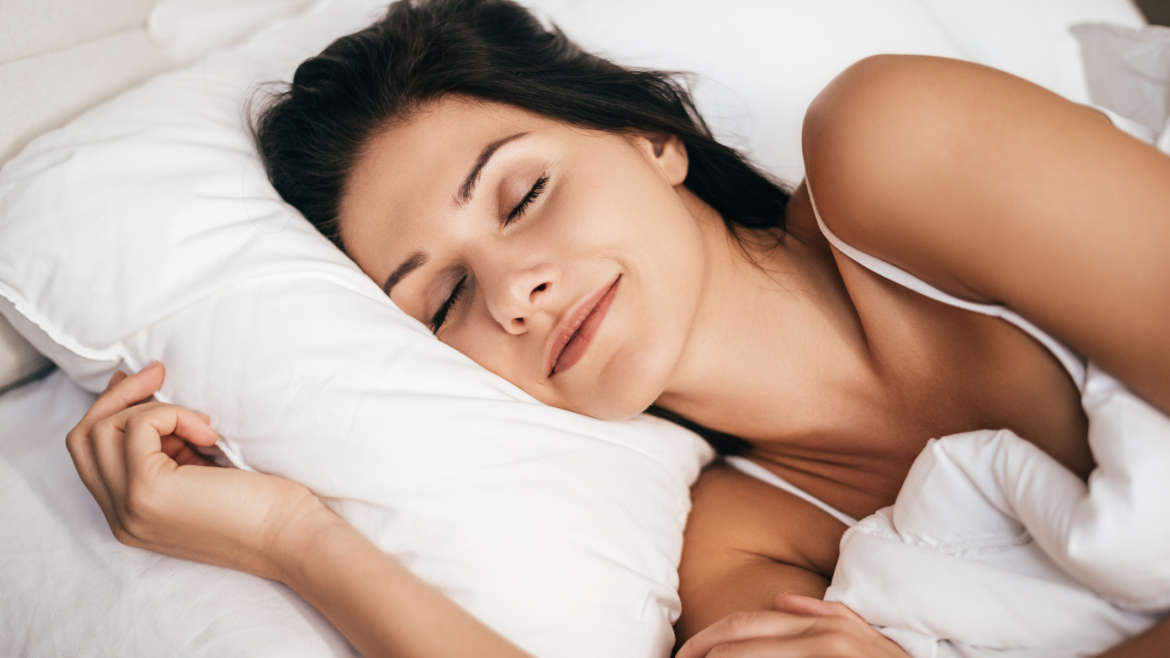Night-time should be a time of rest and recuperation, yet, as 37% of us report, many of us do battle with getting anywhere close to a peaceful night’s sleep. For many in this group, back pain is the leading cause of a disrupted slumber, with 37% and 39% respectively reporting lower back pain to affect their sleep and impact their daily activities.
If you struggle with lower back pain that interrupts your nightly slumber, the following four tips may prove essential to catching up on some much needed Zzzzz’s.
How does my sleeping position affect my back pain? – 4 top tips
- Side sleep or back sleep
Sleeping on your side or your back is recommended for those suffering from lower back pain, and if you suffer with insomnia too then sleeping on your side can apparently help withthat too. with side sleeping also helping to alleviate insomnia.
Ideally you should sleep on your side with the knees and hips slightly bent. Support this position with a pillow between your legs to stop any twisting or turning whilst you sleep. If you are a front sleeper and wish to switch to side sleeping, try to use a thick fluffy pillow to your front – this will stop you from shifting onto your front.

- Pillows – How high is too high?
Your pillows should support your natural position – allowing for your head and neck to align with your spine (typically 1 or at the most 2 pillows will achieve this). If you lie on your front (which is not recommended if you suffer from back pain), a single pillow of minimal thickness should be used to avoid neck strain.
- Back sleeping – The second best position for tackling back pain
If you prefer to sleep on your back – although this is not recommended if you have a slipped disc.
You may find that you need some support, so try using a pillow or rolled up towel for under your knees, under your back, or both. You can also try the so-called 90/90 position, with your knees and hips bent to 90 degrees.
- Consider your mattress – How firm is firm enough?
Your mattress should play a pivotal role in supporting your spine and joints during sleep – it should be firm enough to not allow for ‘sinking’ into it, and soft enough to give way to your hip and shoulder when lying on your side. This is the optimal firmness for rest where your body’s natural shape is fully supported.
Our patients often ask us about what mattress to use and we recommend the Relaxsan Waterlattex Vision mattress.
At any time, it’s so important we get enough sleep. If you’re experiencing back pain, and are struggling to sleep because of it, these tips should help. However, don’t just try and hope it gets better on its own. Come and see us and we’ll tell you what’s causing the pain, and help it to get better. To make an appointment with one of our Osteopaths call 020 8316 5316 or book online.



Add Comment